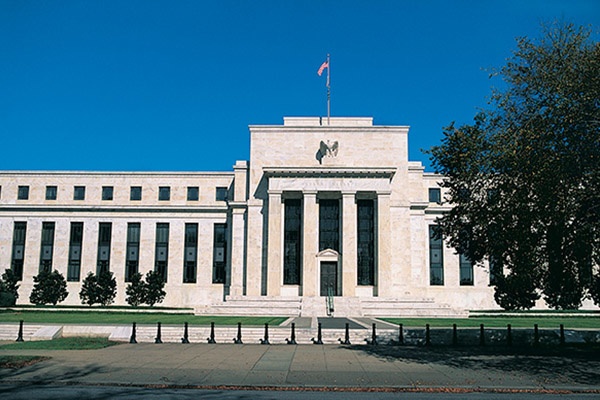By Swissquote Analysts
Where are the Fed cuts?

Our equity portfolios are suffering.
The Federal Reserve has announced that it will keep its benchmark lending rate at the current level for the seventh consecutive time, with Dot plot indicating fewer rate cuts than previously anticipated.
According to the latest economic projections, officials are expecting only one rate cut this year compared to the three they had forecasted in March. They also anticipate that inflation will be more persistent this year than they had thought in the spring.
Fed Chair Jerome Powell noted that the May CPI showed better inflation than expected. However, officials still want to see further slowdown in inflation before considering lowering borrowing costs.
The Fed has maintained interest rates at a 23-year high for almost a year after initiating an aggressive rate-hiking campaign in March 2022. Central bankers are waiting for more evidence that inflation is moving towards 2% and that the economy’s resilience allows them to keep rates on hold. The Fed will start cutting interest rates once it is clear that inflation has cooled enough and won't heat back up, or if the job market deteriorates more than expected.
Inflation has improved since the first quarter, with consumer prices easing in May, according to the Labor Department. In May, inflation rose by 3.3% from a year earlier, down from April’s 3.4% rise and below economists’ expectations.
The Fed's latest policy statement mentioned that there has been some "modest further progress" towards their 2% inflation target in recent months, which is a change from the May statement.
Key takeaways from the Fed’s latest decision on interest rates include Powell calling the May inflation data 'encouraging' and stating that interest rates are 'restrictive' enough to rein in price hikes. He pointed to the unwinding of pandemic-related distortions to supply and demand as a factor for slower inflation.
Economists believe that declining rents will soon reflect in official inflation gauges. However, high housing costs continue to offset the decline in gasoline, as shelter inflation rose 0.4% for the fourth consecutive month.
Powell frequently stresses the importance of a balanced job market to ensure inflation remains on track to 2%. The Fed also focuses on the job market due to its implications for inflation and its mandate from Congress to strive towards maximum employment. Powell does not sound concerned about a weakening labor market at present.
The current best estimate for the first rate cut is September, according to fed fund futures. The likelihood of this happening improved after the May CPI report. The Fed will continue to be data-dependent and will monitor economic trends over several months before drawing conclusions about the economy.
Although the US economy is currently strong, with the job market showing continued growth, some consumers are feeling the pressure of high inflation. Despite the resilient job market, high inflation is impacting household budgets, pandemic savings are dwindling, and high-interest rates are posing challenges for Americans. Time for the Fed to adjust and start reducing monetary policy rates. A move that will give stocks a solid boost.
